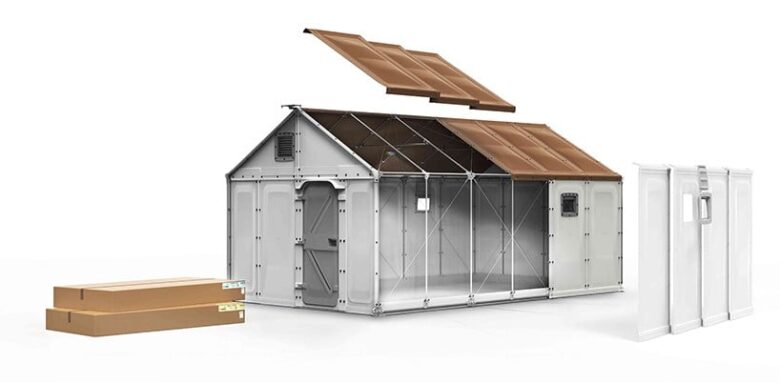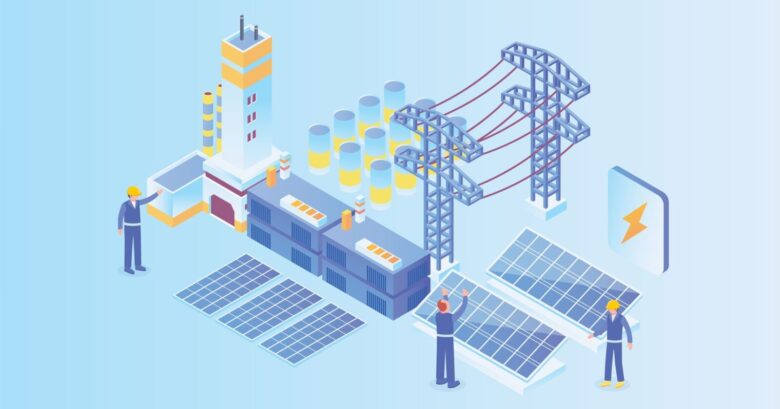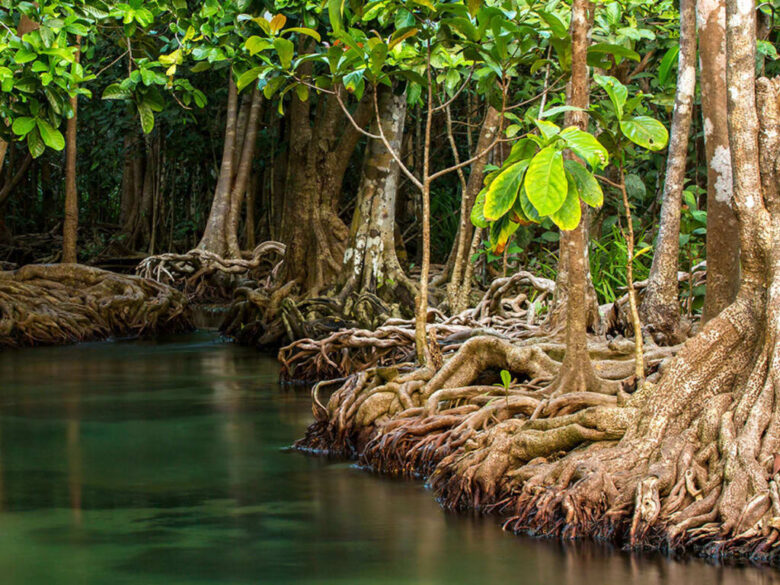When disasters like hurricanes, tornadoes, floods, or earthquakes strike, responding quickly and efficiently saves lives. Innovative technology is transforming relief efforts. Drones with high-resolution cameras and sensors swiftly assess damage to create detailed response maps identifying those most in need.
Artificial intelligence organizes massive amounts of relief data and optimizes supply distribution logistics. Social media connects displaced people with missing loved ones and directs willing volunteers to aid efforts.
Mobile apps allow survivors to wirelessly request financial assistance, supplies, transportation, and tech support, while mesh wireless offline networks provide critical communication channels when disasters disrupt phone and internet access.
You then have blockchain ledger systems that help bring transparency and efficiency that deter fraud and errors in financial flows of donations. Augmented reality devices help to guide challenging tasks like quick infrastructure repairs. The tech sector brings invaluable expertise that dramatically help when it comes to disaster response capabilities.
Alternative Housing Solutions

Displaced disaster survivors often dangerously cram together in unsanitary makeshift shelters lacking basic necessities. In recent years, innovators have been reimagining more viable temporary housing alternatives. IKEA-style flat-pack transitional shelters assemble rapidly to provide immediate refuge.
Shipping container-based units repurpose durable steel infrastructure into modular homes and 3D-printed emergency tiny homes minimize labor, material waste, and costs while customizing shelter.
Floating communities made from connected rafts or hulls provide safer habitation after flooding. Solar-powered units with composting toilets enable self-sufficient off-grid housing using renewable energy. Abundant short-term rental units on platforms like Airbnb both generate income for some property owners while housing survivors, aid workers, and volunteers. Such creative sheltering accelerates the rebuilding of devastated communities after catastrophic events.
Microgrid Electricity

Power outages during disasters paralyze relief efforts and endanger health, especially for those relying on refrigerated medicines or medical devices. Microgrids use solar panels, wind turbines, batteries, and generators to create decentralized independent electricity systems that keep operating even if the main power grid fails.
Microgrids successfully powered critical facilities like hospitals, fire stations, shelters, and water treatment plants after Hurricane Sandy caused extensive blackouts in New York City.
Installing such renewable energy microgrids at key community infrastructure provides electricity self-sufficiency that strengthens resilience when catastrophe strikes. Microgrids additionally reduce greenhouse gas emissions as communities recover.
Crowdsourced Data Analytics
During complex disasters, sorting, analyzing, and mapping huge datasets guides effective real-time response so supplies reach those most in danger. Crowdsourcing disaster data harnesses help from digital volunteers worldwide to overcome staff limitations. Online dashboards creatively visualize and share actionable information on unfolding disaster impacts.
The Humanitarian Data Exchange, for example, combines data from satellites, drones, social media reports, and on-the-ground observers to show destruction patterns, population movements, infrastructure functionality issues, and emerging resource needs. This allows organizations like Brother’s Brother Foundation to provide earthquake relief or respond to other disasters more effectively.
Empowering Local Communities
Too often in major disasters, outside large aid organizations parachute into affected areas without much connection to local contexts, community leaders, or cultural considerations.
This can disempower indigenous relief efforts and fragment community social fabrics. Recovery projects selected by affected communities themselves according to their values and vision of the future consistently have dramatically higher success and satisfaction rates. Centering community voices and empowerment sustains disaster resiliency.
Mental Health Support in Disaster Recovery

Disaster events not only cause physical damage but also profound psychological impact. Mental health support is essential, offering services such as counseling, trauma therapy, and stress management to survivors. Establishing mobile mental health units and integrating mental health care into primary health services ensures accessibility.
Community-based support groups foster resilience and collective healing. Special attention is required for children and those with pre-existing conditions. Training first responders in psychological first aid helps identify and address immediate mental health needs, laying the foundation for long-term recovery and mitigating the risk of chronic mental health disorders.
Training and Education for Community Resilience
Educating and training communities in emergency preparedness, first aid, and basic disaster response skills is crucial for building resilience. Regular drills and workshops on evacuation plans, emergency communication, and survival skills empower individuals, reducing reliance on external aid. Schools and community centers can serve as hubs for such training, incorporating disaster education into curriculums.
Collaboration with local emergency services enhances the relevance and effectiveness of training programs. Community resilience is further strengthened by developing local volunteer disaster response teams, equipped with the necessary skills and knowledge to act swiftly and efficiently in the event of a disaster.
Environmental Conservation and Disaster Mitigation

Integrating environmental conservation into disaster recovery plans is vital for sustainable rebuilding and mitigating future risks. Restoring natural barriers such as mangroves, wetlands, and forests can provide natural defense mechanisms against floods, storms, and landslides. Sustainable land management practices, including reforestation and erosion control, reduce vulnerability to natural disasters.
Promoting green infrastructure, such as permeable pavements and green roofs, enhances urban resilience. Engaging communities in conservation efforts ensures local buy-in and fosters a culture of environmental stewardship. This approach not only mitigates the effects of future disasters but also contributes to the global fight against climate change.
Inclusive Disaster Response Strategies
Ensuring that disaster response and recovery efforts are inclusive and accessible to all community members, especially the most vulnerable, is paramount. This involves adapting shelters, relief programs, and communication to meet the needs of children, the elderly, people with disabilities, and other marginalized groups.
Inclusive planning requires active participation from these communities in decision-making processes. Training responders in inclusive practices and cultural competency enhances the effectiveness of aid. Accessibility features in temporary housing, sign language interpreters, and materials in multiple formats are examples of inclusive measures.
Such strategies not only ensure equity in disaster response but also strengthen the overall resilience of communities.
Conclusion
With climate change effects exacerbating hurricanes, flooding, fires, earthquakes and other extreme threats, experts forecast far more frequent and intense disasters that will test global response capacities.
Improving building codes, public alert systems, evacuation plans, emergency supply stockpiles, urban infrastructure designs, forest fire and flood management policies, and weather monitoring technologies will strengthen society’s readiness to cope with coming crises.
Bolstering both infrastructure and human capital to rapidly respond when catastrophe inevitably strikes will save countless lives.

